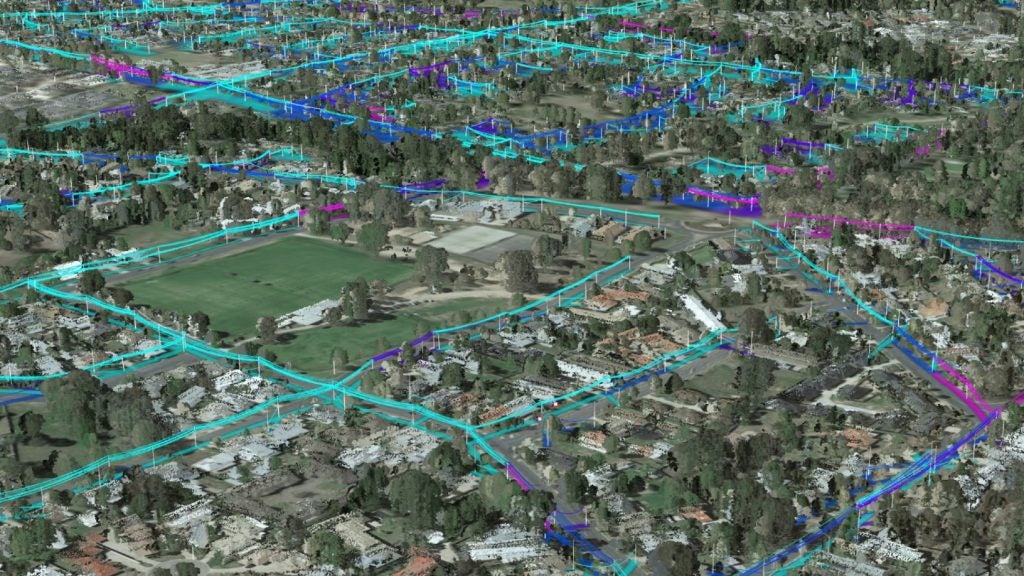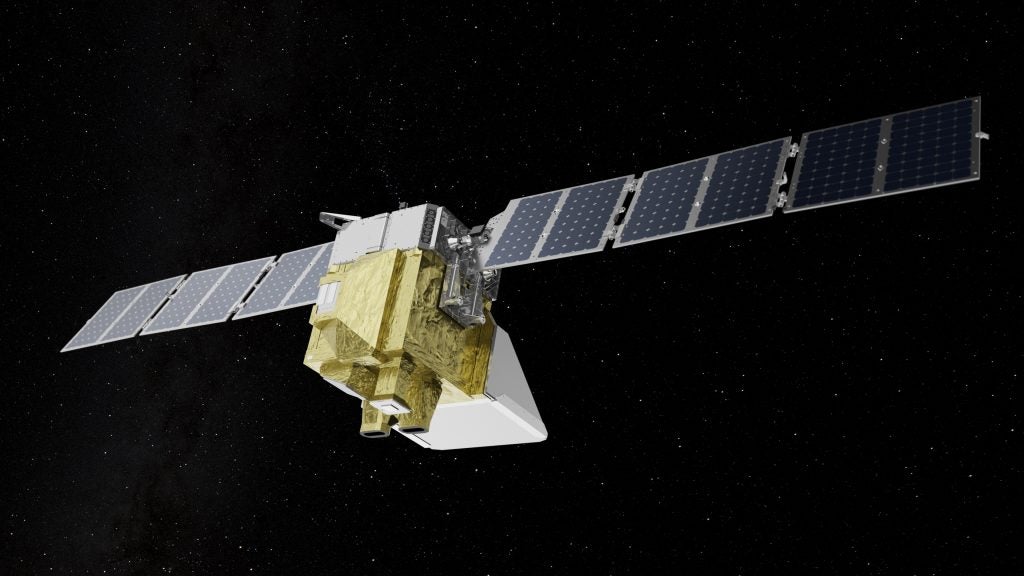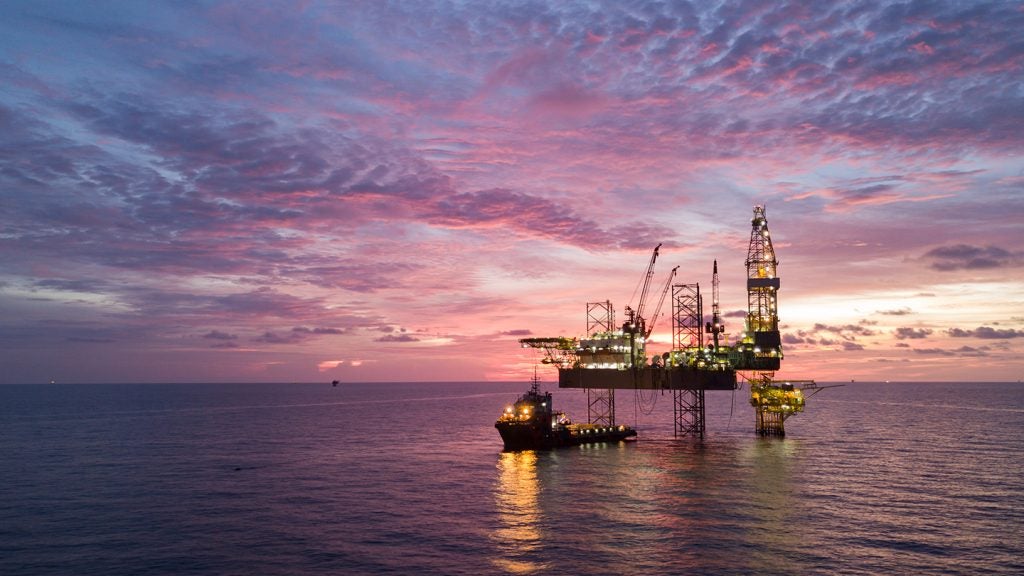
In the 150 years since oil was first struck in Pennsylvania, US, technological advances have improved the process countless times, making it safer, more efficient and more economical. However, there are still more advances to be made. EXPEC ARC, the upstream research division of Saudi Aramco, was established to continue this trend. Although research can be a costly business, as the old adage goes: you’ve got to spend money to make money. Samer AlAshgar reveals exactly where and why this investment is being made.
Mark Brierley: What are the primary drivers for the R&D undertaken by EXPEC ARC?
Samer AlAshgar: The mission of the EXPEC Advanced Research Center is to innovate and develop creative technology solutions for Saudi Aramco’s exploration and production towards the goals of increasing oil and gas discovery and recovery.
Our aim is to develop technologies to enhance our ability to find more hydrocarbon resources and to extract more from these resources. Aligning ourselves with our goals of discovery and recovery, we have defined differential, high-value research focus areas that represent the long-term challenges of Saudi Aramco. Within each of these areas, we have projects that are conducted internally, or in collaboration with partners from the industry or academia.
MB: Which of your research programmes have been the success stories of your work so far?
See Also:
SA: We undertake a diverse range of research programmes spanning the various upstream geosciences and petroleum engineering disciplines: geophysics, geology, reservoir engineering, computational modelling [reservoir simulation], production engineering and drilling. We also have a specialised laboratory division to support research and conduct technical studies.
How well do you really know your competitors?
Access the most comprehensive Company Profiles on the market, powered by GlobalData. Save hours of research. Gain competitive edge.

Thank you!
Your download email will arrive shortly
Not ready to buy yet? Download a free sample
We are confident about the unique quality of our Company Profiles. However, we want you to make the most beneficial decision for your business, so we offer a free sample that you can download by submitting the below form
By GlobalDataSeveral of our technologies are well known within industry. For example, our computational modelling team launched a user version GigaPOWERS, our giga-cell reservoir simulation technology. Our reservoir engineering team has helped develop many petrophysical tools and Resbots, our reservoir nanoagents for in-situ reservoir surveillance, were recognised with a World Oil Award. Our geophysical technology team, considered one of the best land seismic teams around, continuously delivers high-tech products to customers in exploration.
MB: The scale of your research varies hugely, from nano-technology to giga-scale studies. Is it difficult to decide where to devote your resources when there are so many areas that could be worthy research subjects?
SA: There are many exciting areas of research to explore in every upstream discipline, so in that regard, yes, it could be difficult to streamline our R&D efforts. Obviously, if you want to do everything at the same time, then nothing will get done. However, we are in the business to serve Saudi Aramco’s exploration and production, so our target technology challenges and research priorities are clear. We have clear targets and only conduct research in defined high-value focus areas. Our portfolio is diverse and balanced with long-term, high-impact and challenging projects to ensure we maintain strategic focus on our longer term goals.
We also have medium and short-term projects to ensure we meet our customers’ immediate needs and to remain connected with them. Much of our research is in-house. Additionally, we have active collaboration programmes with leading academic institutions and research and technology organisations worldwide. Our scientists operate in an environment where they feel free to ‘push the technology envelope’, experiment and test their ideas.
MB: Resbots are at the cutting edge of scientific research. What advantages will they bring to Saudi Aramco’s operations?
SA: Resbots should provide a wealth of new in-situ knowledge, helping reservoir engineers map and characterise the reservoir leading more effectively to better well placement and production strategies for increased recovery.
Resbots are nano-scale ‘agents’ that have multiple functions. They will be injected into the reservoir where during their journey through the rock pore structure they will investigate the environment and register fluid and rock properties. The recorded information will be downloaded when produced with crude at the producing wells.
Also, different Resbots will be able to intervene to alter unfavourable conditions that may be encountered as they travel underground by delivering chemicals, like surfactants, deep into the reservoir to enhance the recovery of oil beyond current limits. We recently succeeded in completing the industry’s first field test of reservoir nanoagents – a landmark milestone for our Resbots programme. We demonstrated for the first time that specialised nanoagents can be injected and produced with very high recovery rates under live field conditions.
Looking into the future, they may even communicate data to the surface. I believe their potential is great.
Fifteen years from today, I expect Resbots to affect many aspects in oil and gas production and sensing technologies –more than we have in mind today.
MB: Which technologies do you see gaining importance in the future?
SA: We have several key technologies that are gaining importance. Nanotechnology research in a range of areas is gaining ground including fluids and advanced metallurgy.
Another area is our collaborative R&D to increase reservoir contact. With downhole telemetry and smart completions, our multilateral wells are becoming extreme reservoir contact wells, which can theoretically allow an unlimited number of laterals per well.
Achieving this vision will require the development of individual technologies that will facilitate other downhole applications that were not possible beforehand. For example, one component towards this vision is downhole power generation.
This is being developed as a rechargeable battery that is trickle-charged from the energy provided by the flow of the fluids. This component will open many doors to other downhole applications not possible before.
Our deep sensing technologies of electromagnetics and high-precision gravity measurements combined with seismic sensing will play a major role in the future to better evaluate sweep efficiencies and identification of hydrocarbons between wells and over a large distance, moving us towards the next generation of intelligent fields.
MB: At what stage of development is the GigaPOWERS research?
SA: GigaPOWERS has industry-leading capabilities and was deployed earlier this year. It is the first billion cell-plus reservoir simulator that allows full-field simulation of the giant Saudi Arabian fields such as Ghawar and Safaniya.
This is done with a grid size at seismic scale for greater accuracy. The simulator has unstructured gridding capabilities for the accurate simulation of complex geology and multilateral wells. It is also compositional, which means it can handle a number of hydrocarbon components, particularly useful with light oil or gas condensate reservoirs.
The team continues to innovate in related areas moving towards a vision of autonomous proactive reservoir monitoring. The simulator receives continuous field data, is calibrated to the field data automatically, and provides sound warnings to users, alerting them ahead of time, for example, of approaching water fingers and gas fronts. In the future, these could be connected to smart wells. With giant billion-cell fields and models you have to be able to visualise and manipulate the data more efficiently, so we are developing a platform that is fully gesture-controlled to make the manipulation, navigation and operation of the simulation models more user-friendly and efficient.
We are also moving toward basin modeling simulation, capitalising on the same GigaPOWERS core to gain better understanding of hydrocarbon generation and migration.
We are also pushing for faster simulation speed through further development of GigaPOWERS and researching advancements in GPU and CPU computing. Our ultimate goal is to be able to simulate one billion cells in one hour.
MB: How much of an increase in resolution over previous reservoir simulation technology is this?
SA: The fields of Saudi Arabia pose a specific challenge to us because they are very large. Commercially available simulators cannot simulate our large fields without significant upscaling.
What we mean by upscaling is the coarsening of the geologic data we painstakingly collect at high cost to develop our reservoir models.
This is what we mean by loss of resolution. Our goal was to simulate our giant reservoirs with minimum or no upscaling, at high resolution, at seismic scale, capturing all the geologic data we collect. With GigaPOWERS we are now able to handle billions of cells, 100 times the traditional number of cells, at equivalent processing times.
This advancement has allowed us a greater understanding of our reservoirs and the ability to better manage them.
MB: Is there commercial sense in selling your innovations to third parties?
SA: The mission of EXPEC ARC is to develop and provide technology solutions to increase hydrocarbon discovery and recovery. Part of that is to develop and deploy cost-effective implementations of innovative technologies to the fields.
We have licensed and moved towards commercialising some of our intellectual property. As our in-house technologies are becoming increasingly robust, this will progressively increase as strong models present themselves.
MB: In a country with such abundant reserves as Saudi Arabia, is the impetus for maximising extraction from reservoirs and finding new reserves as great as other regions where oil and gas fields have reached maturity?
SA: Saudi Aramco, as a national oil company, prides itself on being a dependable, long-term reliable supplier of oil and gas, and we have a long track record of being just that. This responsibility is founded on how we steward and sustain our natural resources.
We are and will continue to be aggressive in pursuing our targets of discovery and recovery. We do this to ensure that we best manage and optimally produce our natural resources for the long term.
In fact, the better you manage the reservoir at the early stage, the more likely you will extract additional volumes of hydrocarbons at a lower cost. As such, the earlier that technologies are developed to push the boundaries, the better we can prudently use them to influence and better manage our long-term production strategies.
In terms of oil discovery, although we still have ample volumes of untapped oil reserves, new discoveries could be of more value than what is in our existing portfolio, and at the scale of our business, this value could be substantial.
In terms of gas discovery, this is always important because gas is one of the drivers that spurs the growth of our local industry and local economy.







